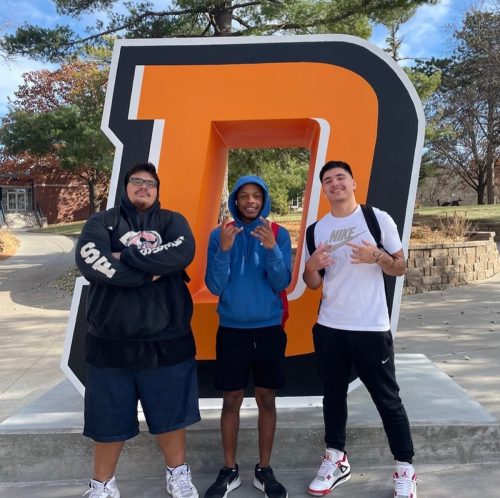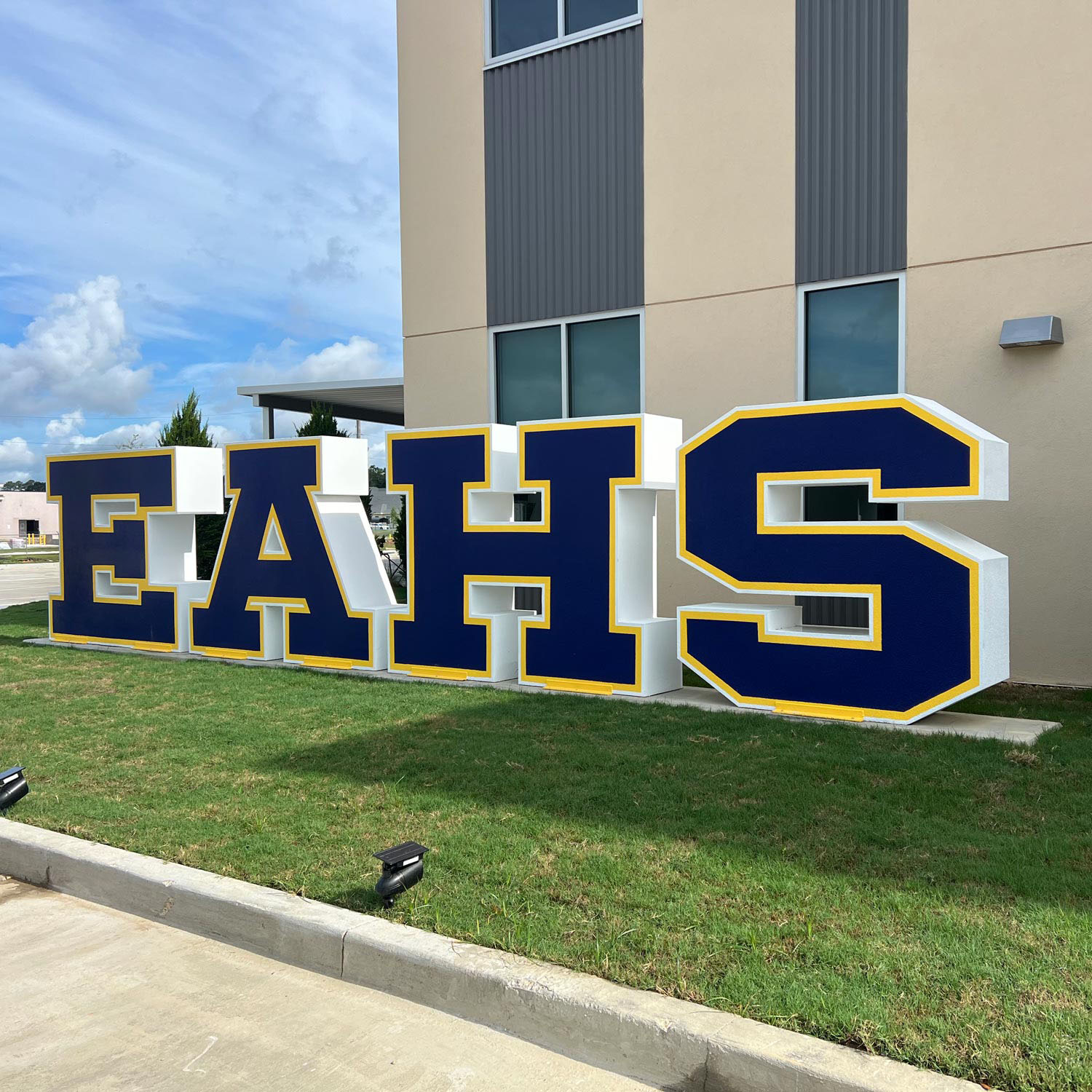Dimensional Letters: Bringing Depth and Distinction to Every Space
Dimensional letters are the unsung heroes of architectural and interior design, transforming ordinary walls into compelling visual statements. Whether they’re proudly displaying a brand’s name on the exterior of a building, guiding visitors through a university campus, or adding a polished touch to a corporate lobby, dimensional letters bring a new layer of sophistication and visibility. Their three-dimensional form creates a sense of depth that catches the eye, making them a favorite choice for designers who want to make an impact. Let’s explore the artistry, materials, and endless customization options that make dimensional letters a must-have for any setting.
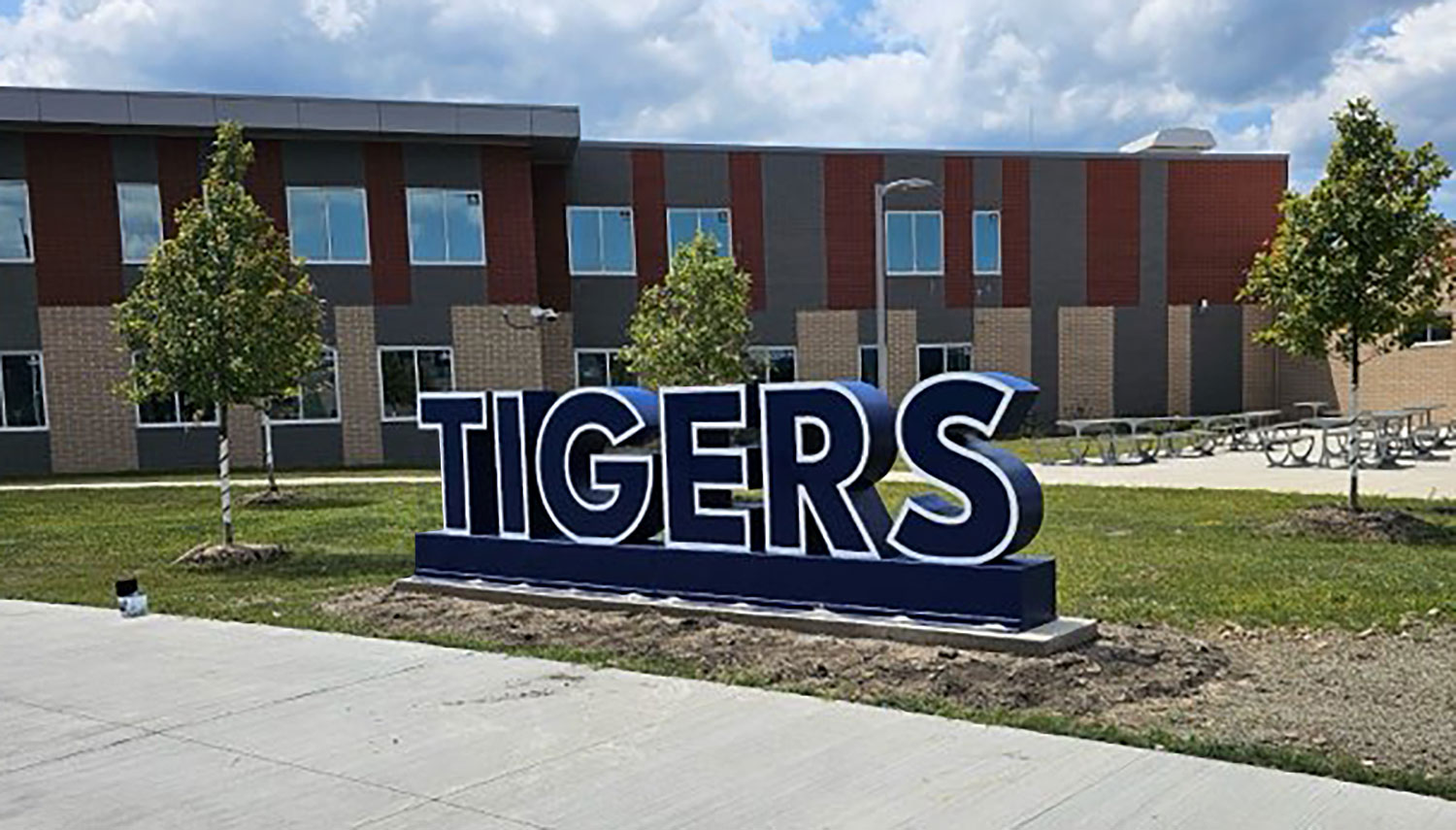
The Craft Behind the Depth: How Dimensional Letters Are Made
Creating dimensional letters is a blend of artistry and precision engineering. The process begins with a careful design phase where every aspect is meticulously planned to achieve a cohesive and aesthetically pleasing look. Clients and designers collaborate to select the perfect font, size, and thickness to ensure the letters stand out, both literally and figuratively. The choice of font is crucial; bold, sans-serif fonts create a modern, authoritative look, while elegant serif fonts offer a touch of sophistication.
Once the design is finalized, the material selection comes into play. Dimensional letters can be made from a wide range of materials, each with its own unique qualities. Metal letters, crafted from aluminum, stainless steel, bronze, or brass, exude durability and elegance, making them ideal for exterior signage or upscale corporate interiors. Acrylic and plastic letters offer a lightweight and versatile option, perfect for colorful and playful designs. For a rustic or organic vibe, wood letters bring warmth and character, adding a handcrafted touch to any space.
The fabrication process depends on the chosen material. Advanced CNC routers and laser cutting machines are used to cut the letters with incredible precision, ensuring every curve and line is flawless. The letters are then finished according to the design specifications. Metal letters may be polished to a mirror-like shine, brushed for a matte look, or painted with durable, UV-resistant coatings for outdoor use. Acrylic letters can be clear, frosted, or painted in vibrant colors, while wood letters can be stained or left in their natural state to highlight the wood grain.
Mounting and installation are just as important as the fabrication. Dimensional letters can be flush-mounted for a sleek, seamless look or installed with standoffs that create shadows and depth. This latter method adds an element of drama, as the letters appear to float off the wall. Each installation is carefully planned to ensure the letters are securely attached and perfectly aligned, creating a professional and polished final result.
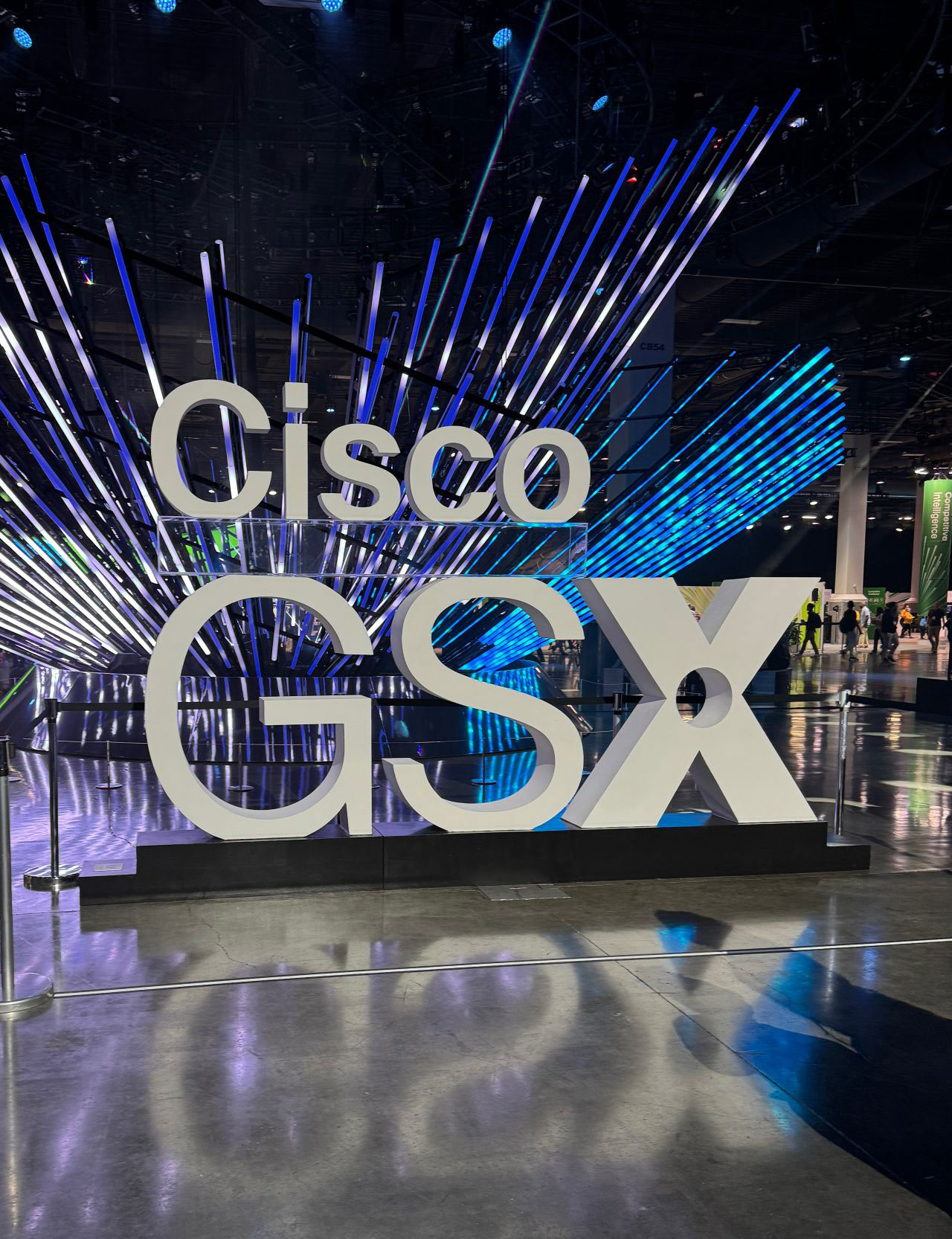
Why Depth Matters: The Impact of Dimensional Letters in Design
Dimensional letters aren’t just about aesthetics—they’re about making a statement. Their three-dimensional form sets them apart from flat signage, giving them a sense of permanence and authority. When people see dimensional letters on the facade of a building or inside a corporate lobby, they instantly convey a message of professionalism and credibility. The depth and shadows they create draw the eye and make the letters more memorable, ensuring that the name or message they display leaves a lasting impression.
One of the reasons dimensional letters are so effective is their visibility. The depth and dimensionality make them easy to read from a distance, even in low-light conditions. This is especially important for exterior signage, where visibility can make or break a business’s ability to attract customers. By catching the light and casting dynamic shadows, dimensional letters stand out against any background, making them a strategic investment for businesses, schools, and public institutions.
In addition to their visual impact, dimensional letters add a tactile element to design. The physical presence of these letters invites interaction, making spaces feel more engaging and dynamic. In retail environments, for example, dimensional letters can be used to highlight product categories or brand names, drawing customers deeper into the store. In museums and educational institutions, they add a layer of depth to exhibits, enhancing the visitor experience. It’s this combination of visual and physical appeal that makes dimensional letters so versatile and effective.
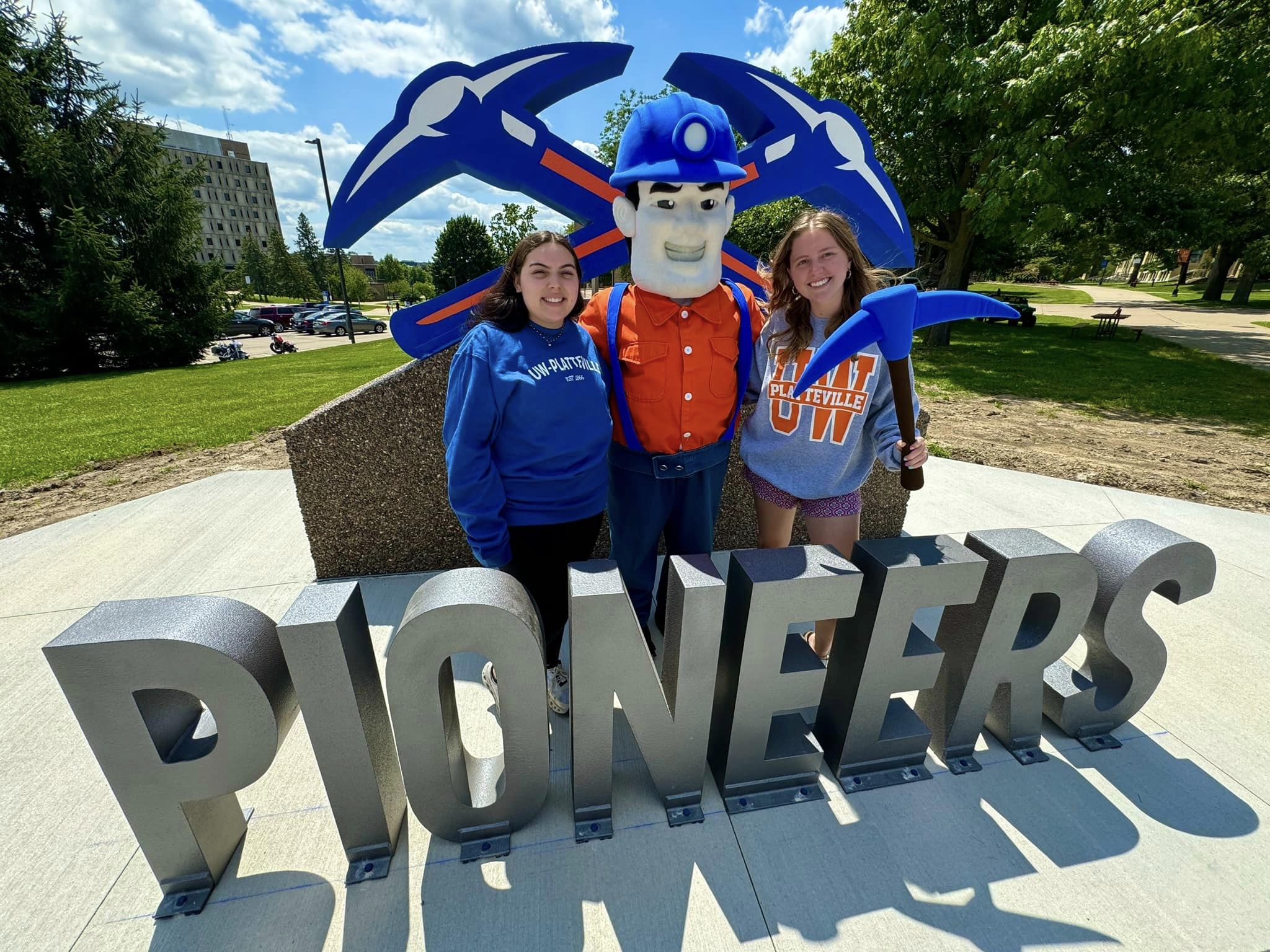
Materials That Make a Difference: Choosing the Perfect Medium for Dimensional Letters
The material of dimensional letters plays a huge role in their overall look and feel. With so many options available, designers and clients can customize the letters to suit the specific needs and style of their project. Each material has its own set of advantages and applications, making the choice an important one.
Metal letters are a popular choice for their durability and elegance. Aluminum, in particular, is a favorite for outdoor signage because it’s lightweight, corrosion-resistant, and can be finished in a variety of ways. Stainless steel offers a sleek, modern appearance and exceptional strength, making it ideal for high-traffic areas and large installations. For a touch of luxury, bronze and brass letters bring a timeless appeal, especially when they develop a natural patina over time.
Acrylic and plastic letters are celebrated for their versatility and affordability. These materials come in a wide range of colors and finishes, from high-gloss to matte. Acrylic letters can be layered or backlit for added visual impact, making them perfect for indoor applications where creativity and color are key. Plastic letters are often used for both indoor and outdoor signage, thanks to their weather-resistant properties and ability to mimic the look of more expensive materials.
Wood letters offer a natural, organic aesthetic that’s ideal for rustic or eco-friendly designs. They bring warmth and texture to any space, whether used in a cozy café or as part of a wayfinding system in a nature-themed park. Wood letters can be cut from a variety of woods, including maple, oak, and birch, and can be stained, painted, or left unfinished to highlight the natural grain.
For projects that require a unique or custom look, composite materials and layered designs offer endless possibilities. Dimensional letters can be made from combinations of metal and acrylic, wood and plastic, or even metal overlays on foam for a lightweight yet impactful appearance. The ability to mix and match materials allows for unparalleled creativity, ensuring that each set of dimensional letters is one-of-a-kind.

Lighting Up the Letters: Adding Illumination for Extra Impact
While dimensional letters are impressive on their own, adding lighting takes them to a whole new level. Illuminated dimensional letters are a game-changer for businesses and institutions that want to ensure their signage stands out, day or night. LED lighting is the most common choice, thanks to its energy efficiency, longevity, and flexibility.
There are several ways to incorporate lighting into dimensional letters. Front-lit letters, where the light shines through the face of the letters, create a bold and vibrant look. Backlit or halo-lit letters emit a soft glow around the edges, giving the letters a subtle, elegant appearance. This halo effect is especially striking at night, as the letters seem to float against the building’s surface. Side-lit and combination-lit options are also available, adding even more design flexibility.
Lighting isn’t just about visibility; it’s about setting the tone and enhancing the atmosphere. Warm white lights create a welcoming and cozy feel, while cool white lights offer a crisp, modern aesthetic. For a more dynamic and eye-catching display, RGB LED lights can be programmed to change colors, pulse, or flash, creating an interactive experience. The choice of lighting style and color can be tailored to fit the brand’s identity or the ambiance of the space.
Illuminated dimensional letters are particularly effective in retail and hospitality settings, where attracting attention is crucial. A restaurant with glowing dimensional letters on its facade instantly becomes more inviting, while a hotel lobby with backlit letters exudes sophistication. In office buildings, illuminated letters can be used to highlight the company name or mission statement, adding prestige to the space. The combination of depth and light ensures that the letters make a powerful impact, both visually and emotionally.
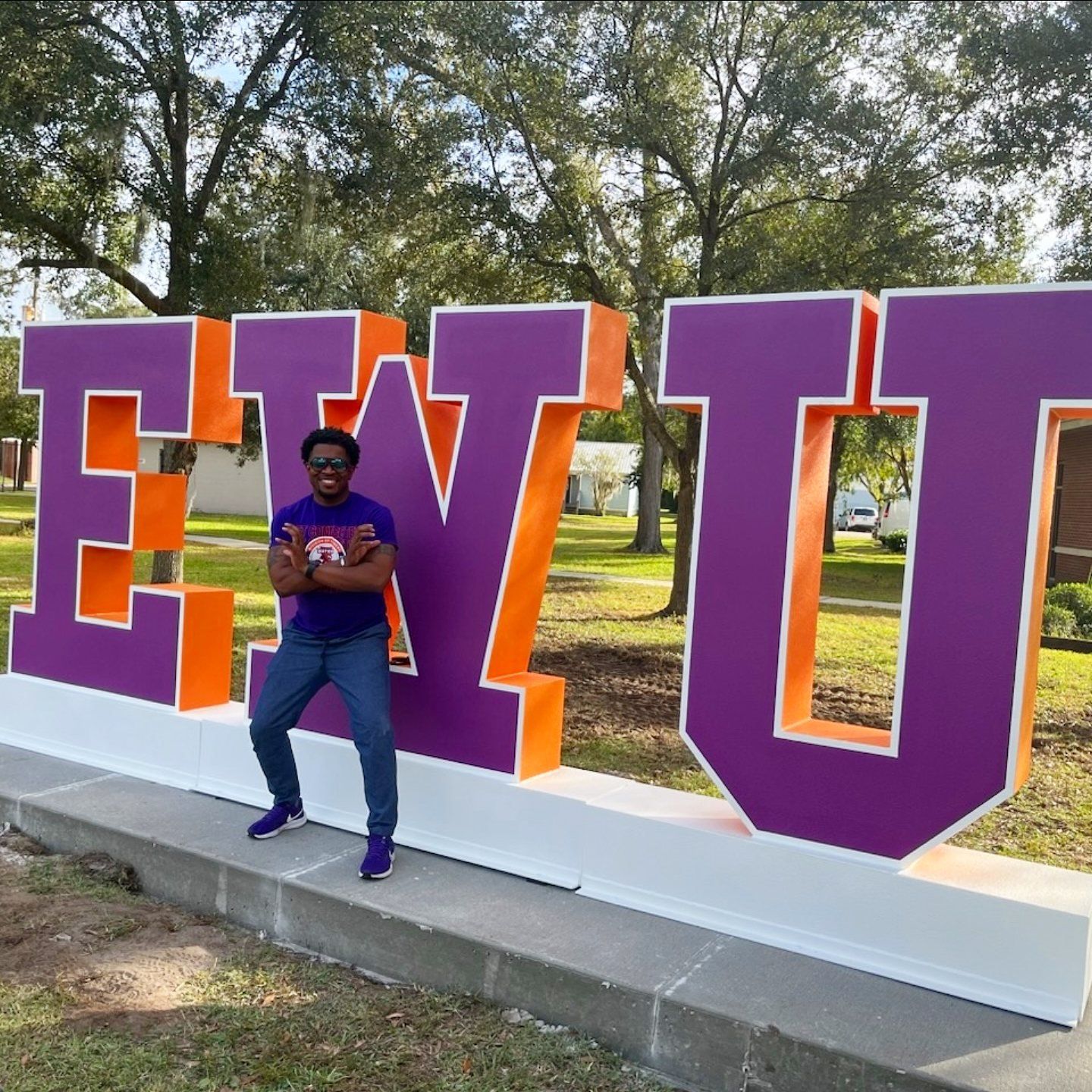
Indoor vs. Outdoor Applications: Designing for Every Environment
Dimensional letters are as versatile as they are impactful, and their applications span a wide range of indoor and outdoor environments. The key to success lies in understanding the specific needs of each setting and designing the letters accordingly.
For outdoor use, durability is paramount. Exterior dimensional letters must be able to withstand harsh weather conditions, from scorching sun to freezing snow. Metals like aluminum and stainless steel are commonly used for their weather-resistant properties, and special coatings or finishes can be applied to prevent corrosion and fading. Outdoor letters are often larger and bolder to ensure readability from a distance, making them perfect for building facades, monument signs, and wayfinding systems.
Indoor dimensional letters, on the other hand, offer more flexibility in terms of materials and finishes. Acrylic, wood, and composite materials are popular choices for interior spaces, where the letters are protected from the elements. These letters can be smaller and more detailed, allowing for creative and intricate designs. In corporate settings, dimensional letters are often used in reception areas, conference rooms, and hallways, reinforcing the brand’s identity and adding a polished, professional touch.
The choice between indoor and outdoor applications also affects the mounting and installation methods. Outdoor letters often require heavy-duty mounting systems to ensure they remain secure in high winds or extreme weather. Indoor letters can be installed with more lightweight methods, such as adhesive mounts or stand-off hardware that creates a floating effect. Regardless of the environment, dimensional letters are engineered to look flawless and perform reliably.

The Versatility of Dimensional Letters in Branding and Wayfinding
Dimensional letters are a branding powerhouse, making them a staple in both commercial and institutional settings. Businesses use them to display their logos and names with authority, while schools and universities incorporate them into their campuses to create a sense of pride and belonging. The ability to customize every aspect of the letters ensures that they align perfectly with the brand’s visual identity, from the font and color to the material and finish.
In wayfinding, dimensional letters are equally effective. Hospitals, airports, museums, and large office complexes use them to guide visitors seamlessly through their spaces. Because they are easy to read and visually appealing, dimensional letters make navigation intuitive and enjoyable. By combining functionality with design, these letters enhance the overall experience of any environment, making spaces more accessible and aesthetically pleasing. Wayfinding systems that incorporate dimensional letters are thoughtfully planned to provide clarity while adding a touch of sophistication. For example, a museum might use elegant, brushed metal letters to guide visitors through different exhibits, while an airport could opt for large, bold acrylic letters in vibrant colors to direct travelers efficiently. The strategic placement of these letters ensures that visitors can navigate spaces confidently, even in high-traffic areas.
